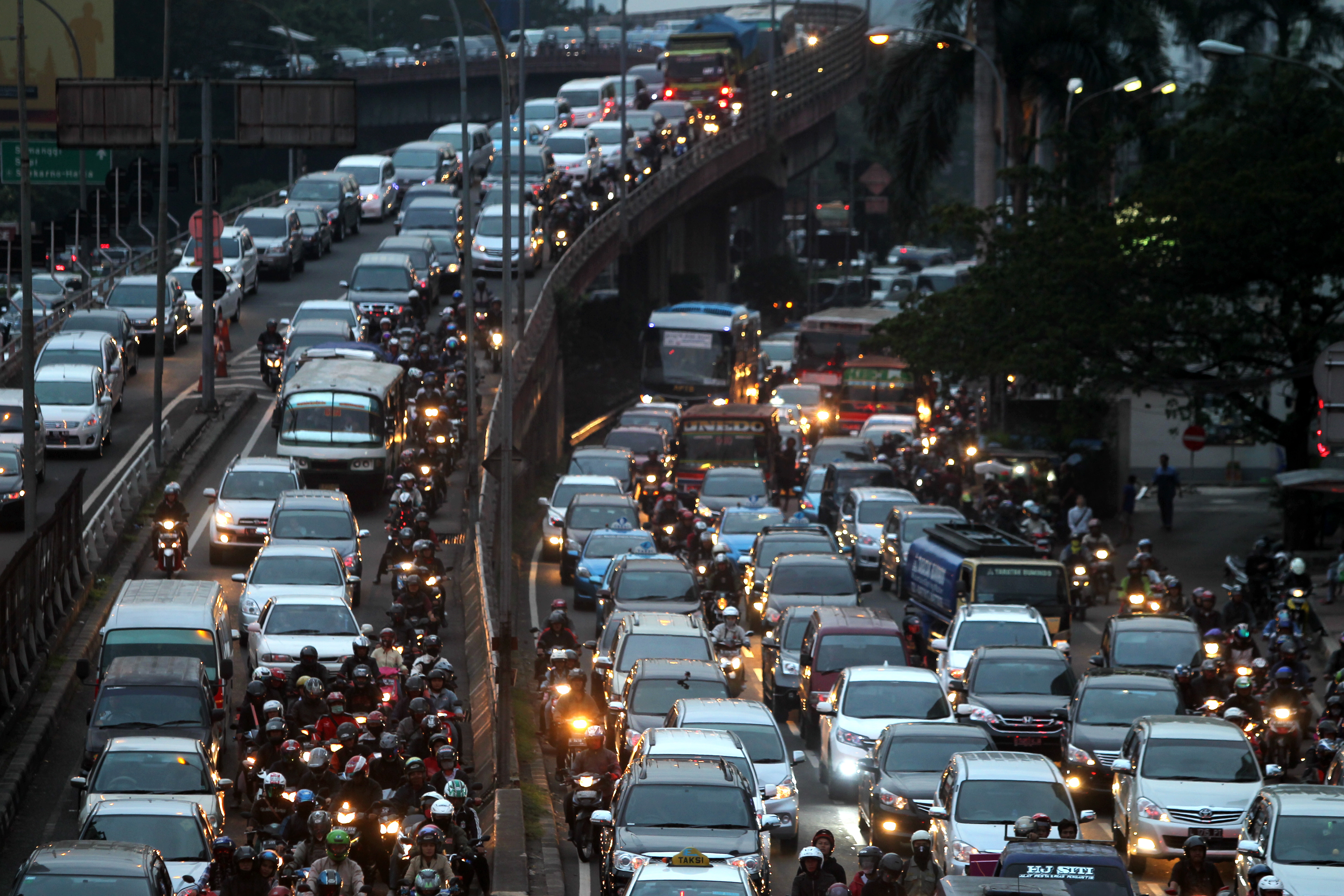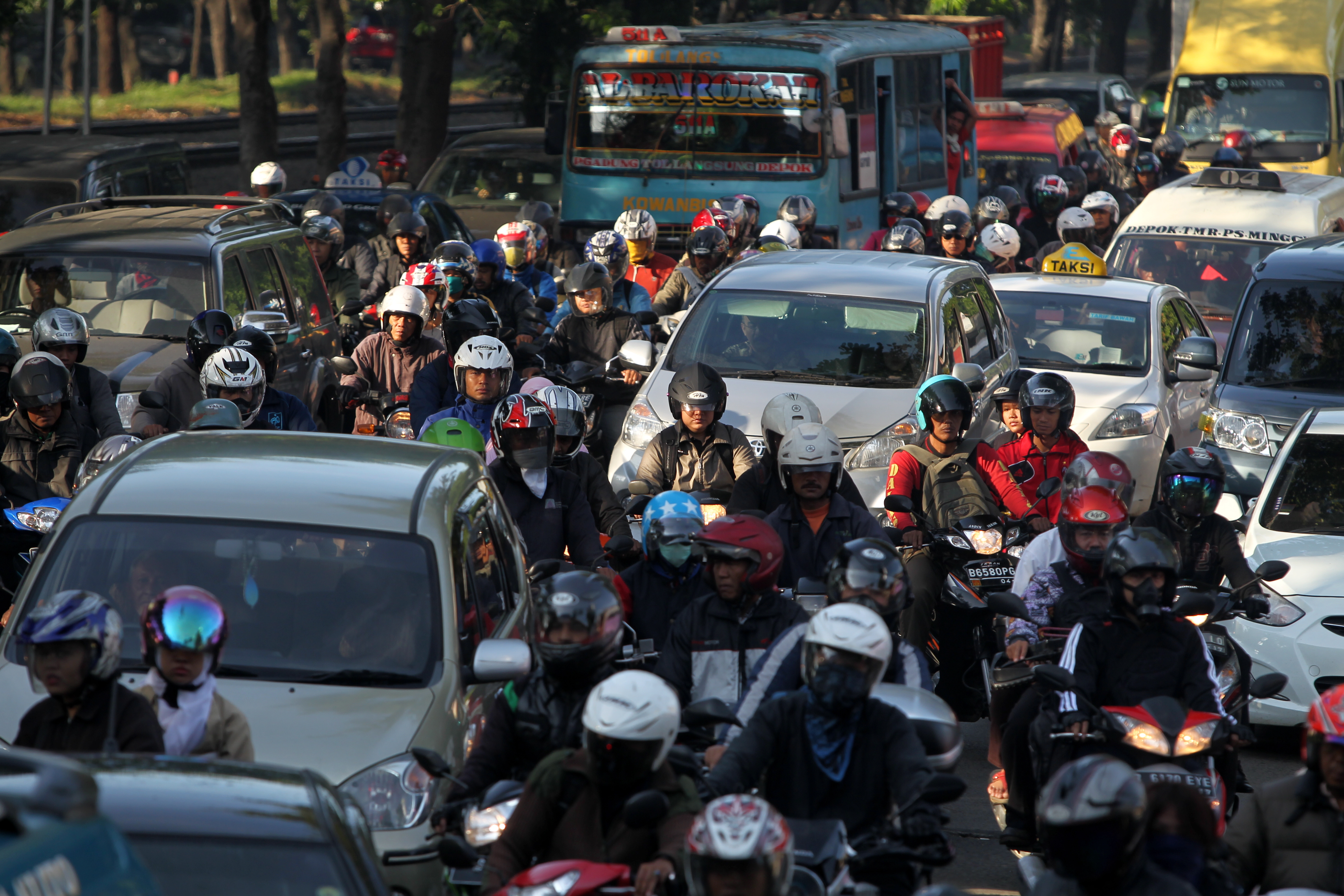Lesson Plan March 4, 2016
The Dangers of Drunk Driving
Grades:
Questions for "Not God's Will: The Fixable Crisis of Traffic Fatalities"
- Why are road fatalities a poverty-inducing problem?
- When did lawmakers in developed countries start enforcing laws regarding drunk driving?
- What are three important steps to reduce road fatalities?
- Which Asian country is an "excellent role model" in hindering drunk driving and why?
- How many road fatalities did the United States have in the 1970s? How do these numbers compare to 2012?
- What is a flaw of the new drunk driving law in the Philippines?
- What time of year does Brazil usually see a spike in highway fatalities?
Questions for "Cold Ones and Cars Don't Mix in Cape Town"
- What company did Carly Smith work for?
- What percent of deaths in South Africa involve drunk driving?
- Why is the stretch of highway near Groote Schuur called "hospital bend"?
Objective:
By the end of this lesson, you will be able to analyze and cite textual evidence in order to write informative text explaining the dangers of drunk driving.
Introducing the Lesson:
Today's lesson will explore the dangers of driving under the influence. As part of the lesson, you will read texts from the Pulitzer Center's "Roads Kill" project.
The first article by Pulitzer Center senior editor Tom Hundley and Pulitzer Center alum Tom McCarey mentions drunk driving in the context of ways countries can fix the issue of traffic fatalities. The second article by Tom Hundley, entitled "Roads Kill: Quick Facts from Around the World," discusses traffic policies and road safety statistics from various countries. Read the excerpts about the United States, the Philippines and Brazil. The third and final article by Pulitzer Center advisor Peter Sawyer focuses on drunk driving in South Africa.
These articles will articulate the universal dangers surrounding drunk driving.
Warm-up:
Discuss your answers to the following questions with a partner. Be prepared to share your conclusions with the class.
- Make a list of reasons why driving under the influence is dangerous.
- Despite these listed reasons, why do you think somebody would choose to drive under the influence?
- What do you think the reprecussions should be for driving under the influence? Why?
Introducing the Resources:
After reading each article, answer the accompanying comprehension questions.
After reading all three articles, use evidence from the articles to write your responses to the following analysis questions on a separate sheet of paper.
- In recent decades, why did the rate of road fatalities decrease in developed countries but not in developing countries?
- Why is drunk driving a difficult problem to resolve?
- In your opinion, why does Africa have the highest rate of road fatalities?
Extension Activities:
1. Imagine you are spearheading a campaign to raise public awareness of fatalities caused by drunk driving.
- Create a Twitter hashtag for your campaign.
- Write a tweet using the hastag. Be sure to include an image with the tweet.
2. Write a blog post perusading readers not to drink and drive. Be sure to include evidence from at least one Pulitzer Center article.
In this lesson plan, in line with common core standards, students will investigate educational resources and write about the dangers of drunk driving. Students will independently read global news articles and design a mock campaign addressing the issue of driving under the influence.
CCSS.ELA-LITERACY.RI.9-10.1
Cite strong and thorough textual evidence to support analysis of what the text says explicitly as well as inferences drawn from the text.
CCSS.ELA-LITERACY.W.9-10.2
Write informative/explanatory texts to examine and convey complex ideas, concepts, and information clearly and accurately through the effective selection, organization, and analysis of content.








